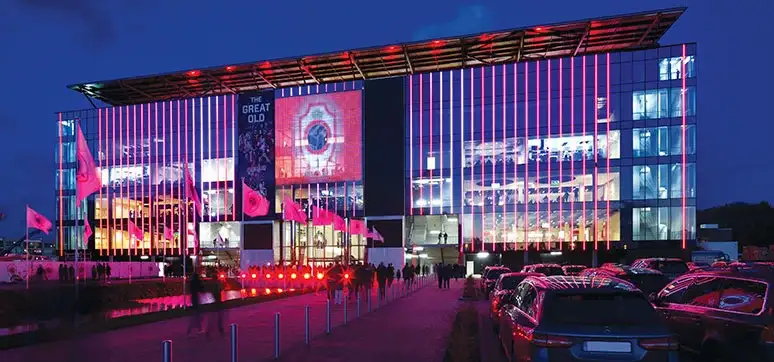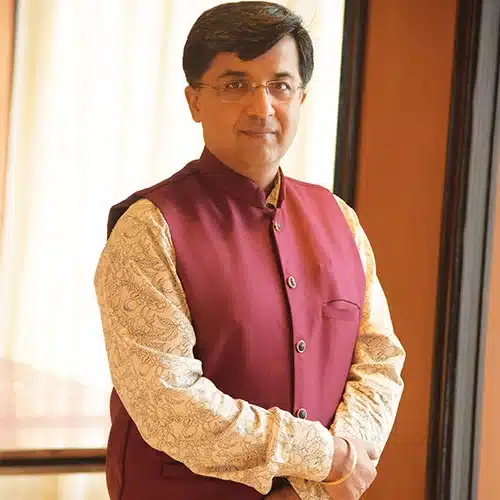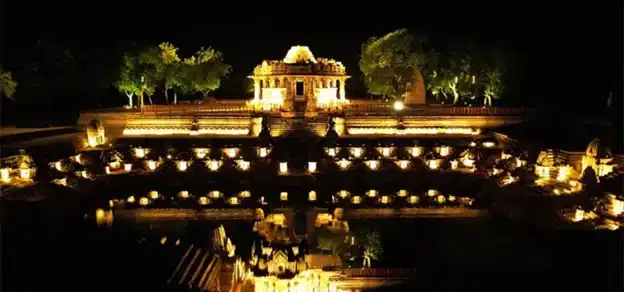Please brief on various Architectural Façade Lighting Solutions.
Architectural lighting for façade can be done by various techniques primarily: direct view, grazing, washing, accentuating, and flooding. LED solutions are available to render these effects with various sizes, wattages, colours, lumen packs, program abilities and fixing possibilities as per the context.
Please List a few Checkpoints to Consider for Best Façade Lighting Solutions.
To achieve good façade lighting design, one should consider the following considerations
• How to light?
• Responding to the macrolevel context – city level, master plan, etc.
• Responding to the typology of function – retail, office, healthcare, etc.
• Responding to the concept of the building – façade elements, patterns, contrasts, etc.
• Responding to the micro-level context– immediate neighbourhood, local milieu
• What to light? (Viewpoints, etc.)
• Responding to the microlevel context – controlling glare, the safety of pedestrians, etc.
• Responding to the typology of function-specific spaces, elements, etc.
• Responding to the concept of the building – columns, windows, arcade, voids, etc.
Also, it is imperative to take into account the height of the elements, position of luminaires, width of the elements, surface texture, reflectance and colour of the façade elements. One cannot avoid to also check peripheral lighting in the surroundings, proximity of light sources to people, camouflaging of luminaires, and weight of luminaires as well as light pollution.
Please Throw some Light on the Standards, Local Norms and Regulations for Outdoor Lighting.
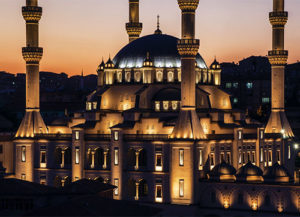
Façade lighting in India does not fall under any regulation as far as my personal knowledge stretches. On the contrary, outdoor lighting does have multiple standards for lighting levels, glare and lighting pollution as well as on energy consumption.
Façade lighting has been covered under the Bureau of Energy Efficiency from energy consumption perspective in ECBC 2016. As far as light pollution is concerned, LEED ratings control the number of lumens being thrown above nadir (0 degrees) as per the classification of the building’s importance and location. It is startling to know that light pollution is on the rise in India and it is important to have a balanced approach.
What is the Impact of Façade Material on Façade Lighting?
The texture of the material of the façade is the smoothness or roughness of the surface of a material. This determines the design intent of lighting as follows:
• Highly textured surfaces: Should focus on enhancing its texture through effects like grazing.
• Smooth surfaces are best suited for a homogeneous impact though affect washing and flooding.
Glass/ACP façades are not the best surfaces for illumination from a distance. These façades need lighting to be weaved as part of the glass sub-structure, much in advance, whether direct view, LED screen, lines of light or light-filled voids. Glass façades are being welcomed with new-age lighting techniques, just that the installation of the lighting should happen with the façade execution.
It cannot afford an afterthought, else the whole design will become an eyesore during the daytime. Please brief on the latest trends façade lighting controls. Lighting controls are of extreme importance as there is no regulation of this new age possibility so far.
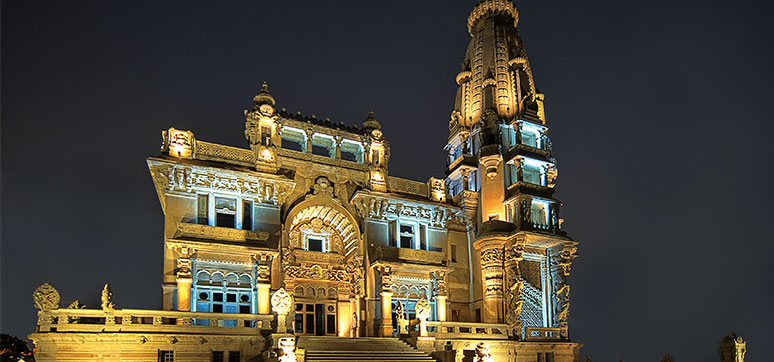
Lighting controls not only add various possibilities to the façades from an experiential perspective (multiple programs hour- wise, day-wise, occasion-wise, colour-wise, speed-wise, interface wise), but it also helps regulate brightness, energy monitoring as well as ease operation and maintenance of the installation. In addition, with the advent of the Internet of Things, it is now possible to monitor, manage and program dynamic façade lighting installation using software and system architecture which are based on cloud technology. So remote lighting controls are the latest possibility with multiple benefits.
It is Important to go for Sustainable Façade Lighting having Responsibility for Nature, Resources and the Environment. How can we achieve this?
Façade Lighting or Architectural Lighting is a social phenomenon even if it involves a privately built form. With this new urban canvas which is receptive to dynamic, public-source content it is imperative to maintain restraint from going overboard in terms of content, to begin with. Apart from the same, we should respect our co-habitants of the planet (birds, animals, plants etc.) and control light pollution as well control brightness/resultant glare from these installations. It should also not distract vehicle drivers leading to accidents.
